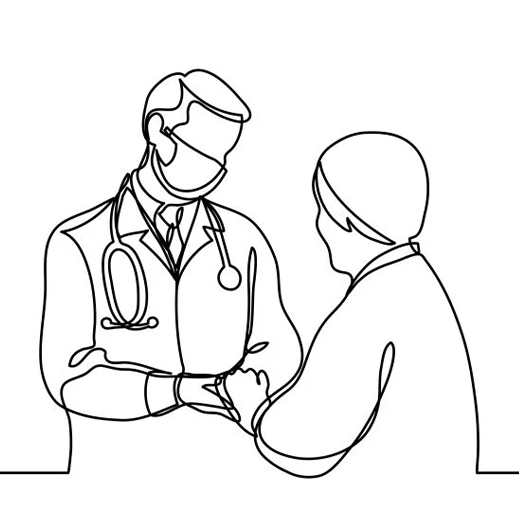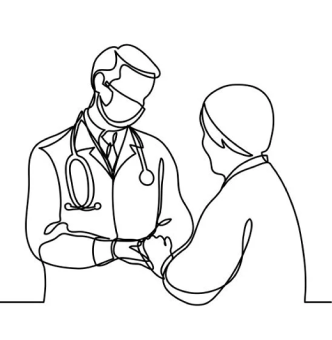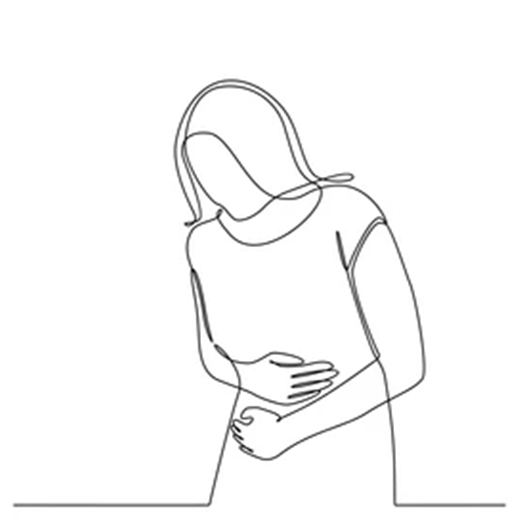The First Global Women’s Health Solution Company.
Who We Are
Empower Women to Live Their Best Life
- A more accurate and earlier diagnosis to enable proactive disease management and avoid anxiety
- A better treatment without the hormone and antibiotic side effects
- A more informed journey toward a better chance for a successful pregnancy

Challenges in Women’s Health
Complicated and Heterogeneous Disease
In addition to the heterogeneity across individuals, many health disorders affecting women are heterogeneous and complicated, involving numerous organs and hormone pathways.
Social Stigma and Low Awareness
Lack of True Innovation
Major Women’s Health Conditions

Conditions Unique to Women
- Female contraceptive
- Endometriosis
- Female fertility
- Pre-term birth
- Postpartum hemorrhage
- Preeclampsia
- Vaginitis
- Fibroids and abnormal uterine bleeding (AUB)
- Dysmenorrhea
- Polycystic ovary syndrome
- Female sexual function
- Peripartum cardiomyopathy
- Vasomotor symptoms (Hot flash)
- Postpartum depression (PPD)
Conditions Disproportionately Impacting Women
- Osteoporosis
- Urinary tract infections
- Incontinence
- HPV
- Anxiety
- Migraine
- Overactive bladder (OAB)
- Lupus
- Anemia
- Thyroid disorders
- Celiac disease
Our Areas of Focus
- Endometriosis (Endo)
- Female Fertility
- Bacterial Vaginosis (BV)
Endometriosis (Endo)

Female Fertility
Women’s disorders caused ~40% of infertility cases. Some of the leading diseases include endometriosis (20-50%) [1], PCOS (30-60%) [2], fibroids (5-10%) [3], pelvic inflammatory disease, and others. BV is also prevalent among infertile women (10-20%) [4] and is a leading cause of adverse pregnancy outcomes.


Bacterial Vaginosis (BV)


Our Areas of Focus
-
 Endometriosis (Endo)
Endometriosis (Endo) -
 Bacterial Vaginosis (BV)
Bacterial Vaginosis (BV) -
 Infertility
Infertility -
 Stress Urinary Incontinence (SUI)
Stress Urinary Incontinence (SUI)
Endometriosis (Endo)

Bacterial Vaginosis (BV)


Female Fertility
Women’s disorders caused ~40% of infertility cases. Some of the leading diseases include endometriosis (20-50%) [1], PCOS (30-60%) [2], fibroids (5-10%) [3], pelvic inflammatory disease, and others. BV is also prevalent among infertile women (10-20%) [4] and is a leading cause of adverse pregnancy outcomes.


Stress Urinary Incontinence (SUI)

Sources
[1]. 子宫内膜异位症诊治指南(第三版)
[2]. 多囊卵巢综合征的诊治进展 2020
[3]. Guo XC, Segars JH. The impact and management of fibroids for fertility: an evidence-based approach. Obstet Gynecol Clin North Am. 2012 Dec;39(4):521-33
[4]. Van Oostrum N, et al, Risks associated with bacterial vaginosis in infertility patients: a systematic review and meta-analysis. Hum Reprod. 2013 Jul;28(7):1809-15
